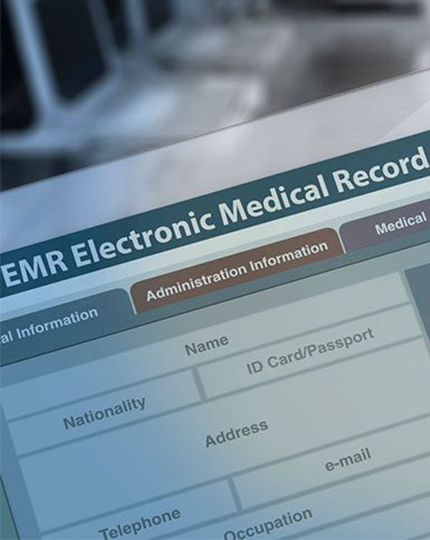Telehealth has become an essential tool for delivering healthcare services remotely, particularly in areas where access to healthcare facilities is limited or disrupted. The recent earthquakes in Turkey and Syria have highlighted the importance of telehealth in delivering healthcare services to people affected by natural disasters. Telehealth has played a significant role in helping people access medical care in the aftermath of these earthquakes.
On February 6th, 2023, the southern and central regions of Turkey and northern and western parts of Syria were hit by a 7.8 earthquake. The earthquake is one of the strongest ever recorded in the Levant and resulted in widespread damage in an area of about 350,000 sq km with tens of thousands of fatalities. As of March 6th, 2023, over 52,700 deaths have been recorded in Turkey and more than 6,700 in Syria.

The earthquake caused significant disruptions to healthcare services, with many hospitals and clinics damaged or destroyed. This disruption has made it difficult to access medical care for earthquake-affected people as well as those with chronic conditions that require ongoing treatment. Telehealth has emerged as a valuable tool in bridging the gap and providing access to medical care for those affected by the earthquake.
In Turkey, the Ministry of Health launched a telehealth service in response to the earthquake. The service enables people to access medical care through video consultations with doctors and healthcare professionals. Patients can access the service through a mobile application or a website, and consultations are available in multiple languages. The service has been particularly useful in providing mental health support to those affected by the earthquake, with many people experiencing trauma and stress in the aftermath of the disaster.
In Syria, telehealth is being used to provide medical care to people in areas that have been cut off from healthcare services. The Syrian American Medical Society (SAMS) has been using telehealth to provide medical consultations and mental health support to people affected by the earthquake. SAMS has set up a telehealth center in the city of Azaz, where people can access medical care through video consultations with doctors and healthcare professionals. The center has been particularly useful in providing care to people in hard-to-reach areas, where access to healthcare services is limited.
Telehealth has also been used to provide medical training to healthcare professionals in the aftermath of the earthquake. The World Health Organization (WHO) has been using telehealth to provide training and support to healthcare professionals in Turkey and Syria. The training covers a range of topics, including emergency response, trauma care, and mental health support. The training has helped healthcare professionals to provide better care to those affected by the earthquake and has improved their capacity to respond to future disasters.
In conclusion, telehealth is playing a vital role in delivering healthcare services to people affected by the earthquakes in Turkey and Syria. Telehealth has provided access to medical care in areas where healthcare services have been disrupted, and it has enabled healthcare professionals to provide medical care remotely. Telehealth has demonstrated its potential to improve access to healthcare services in emergency situations, and it is likely to become an increasingly important tool in disaster response and recovery efforts.
At Ophy Care, we are looking for opportunities to collaborate with organizations providing healthcare services in the earthquake-hit regions of Turkey and Syria. Our telehealth infrastructure technology helps healthcare providers to maximize their potential by significantly reducing the time and cost required to deliver their services to a large population.


